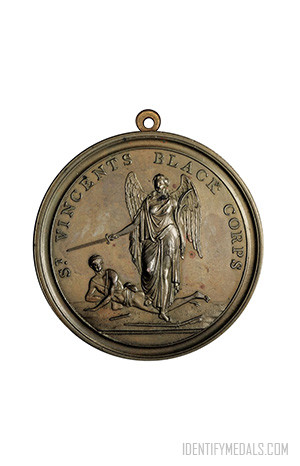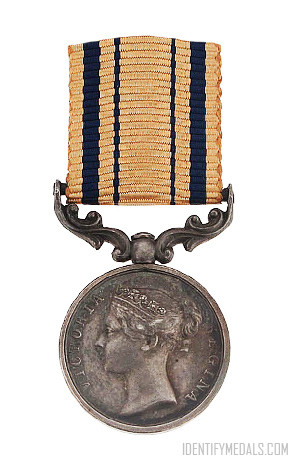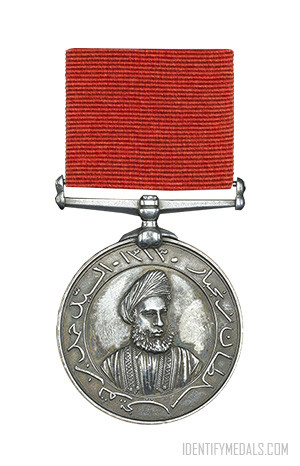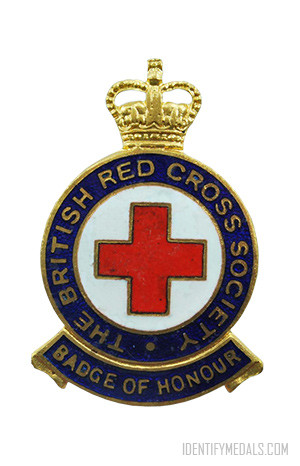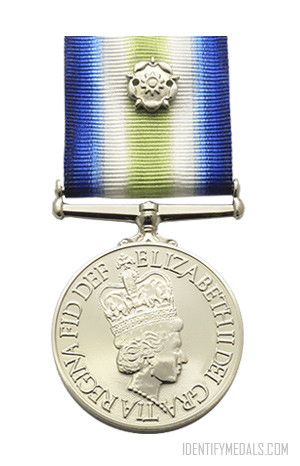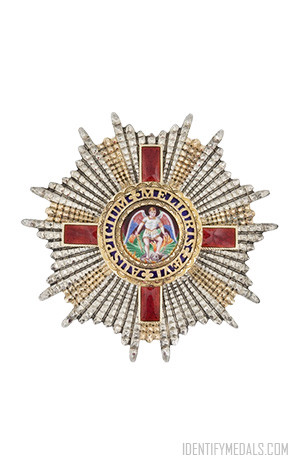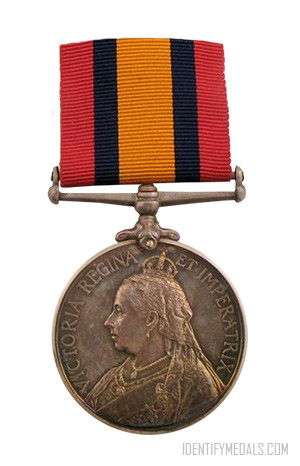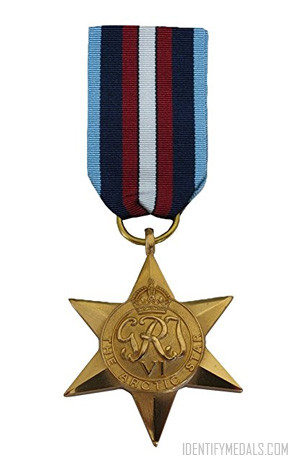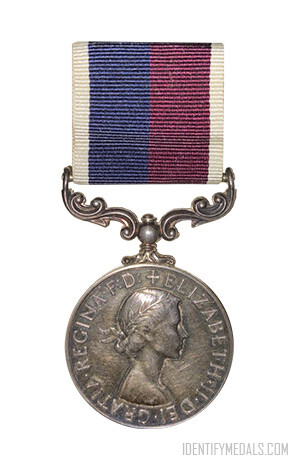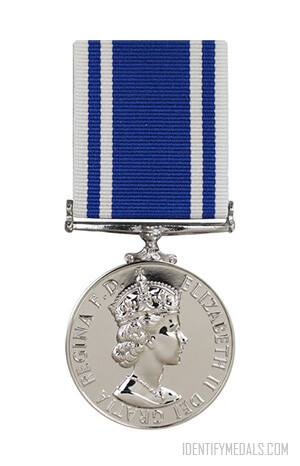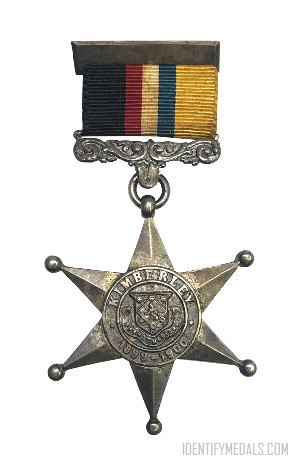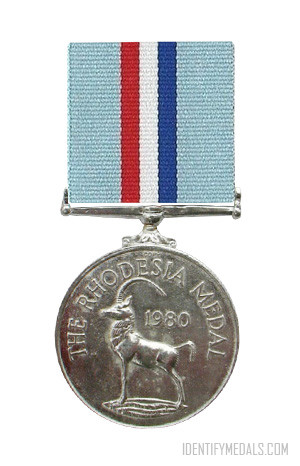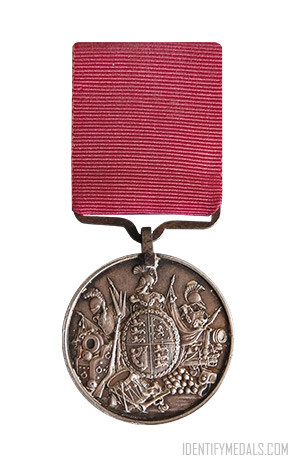- Time Period: Pre-WW1
- Year of Institution: 1795
- Country: Great Britain
The St Vincent’s Black Corps Medal was instituted in 1795 and awarded to NCOs and men of the St. Vincent’s Black Rangers for service against rebellious Caribs and French forces in 1795.
The first Capture of Saint Vincent took place between 16 and 18 June 1779 during the American Revolutionary War. A French force commander named Charles-Marie de Trolong du Rumain landed on the island of Saint Vincent in the West Indies and quickly took over much of the British-controlled part of the island, assisted by local Black Caribs who held the northern part of the island. The area remained under Carib control until the Second Carib War of 1795, a conflict that pitted large numbers of British military forces against a coalition of Black Carib, runaway slaves, and French forces for control of the island.
British efforts to penetrate and control the interior and windward areas of the island were repeatedly frustrated by disease, incompetence and effective Carib defenses until a major military expedition by General Ralph Abercromby was eventually successful in crushing the Carib opposition in 1797.
The Corps of Natives were raised by Major Seton from among the island’s slaves for service against the rebellious forces.
The St Vincent’s Black Corps Medal Design
The medal is struck in bronze and measures 48.5 mm wide.
The obverse shows the winged figure of Victory brandishing a sword over a fallen foe who has abandoned his musket. The reverse bears a native holding a musket and a bayonet and has the inscription “BOLD ROYAL OBEDIENT” around and “H.G.FEC.” in the exergue.
The award was given without a ribbon.

